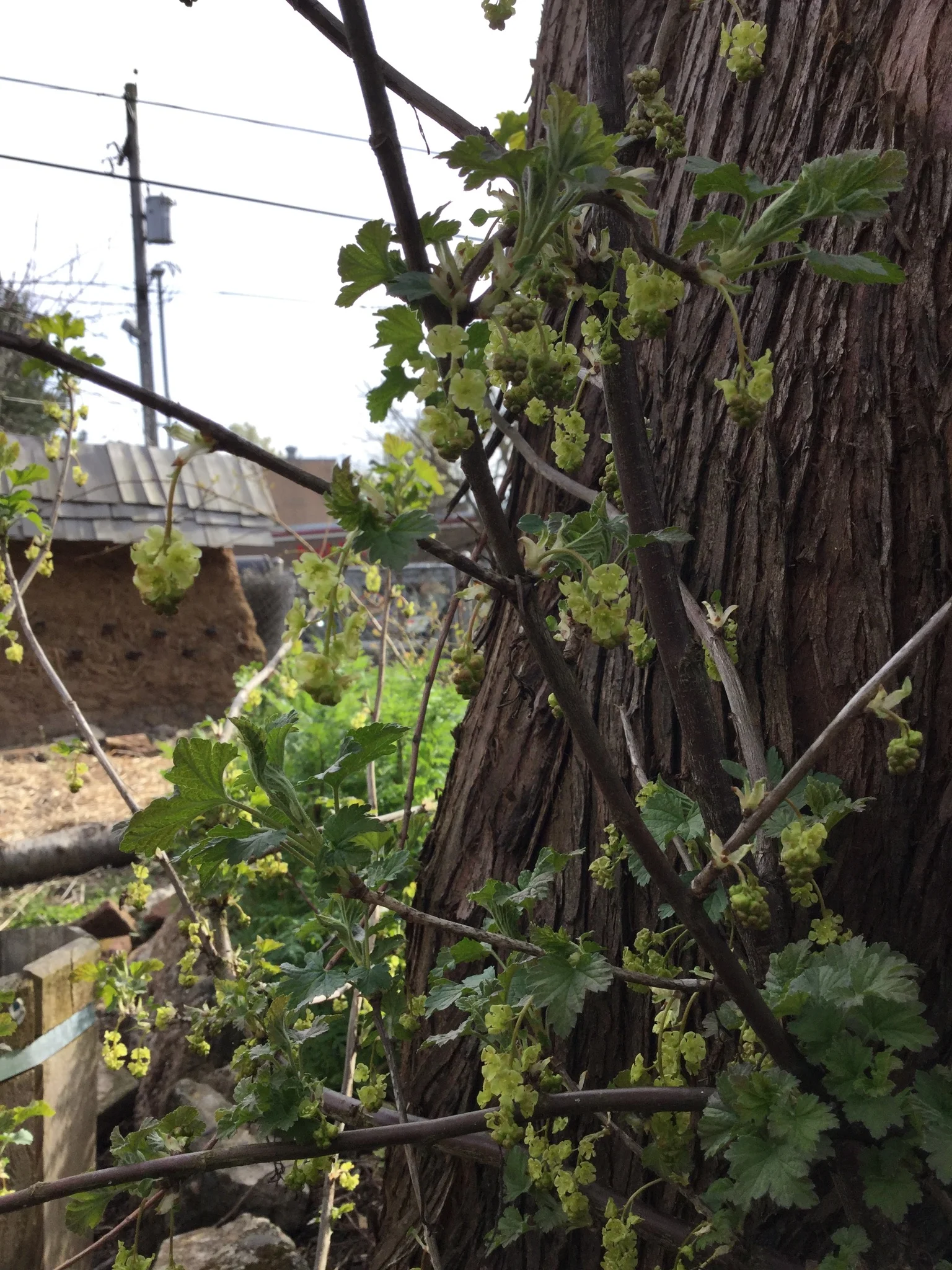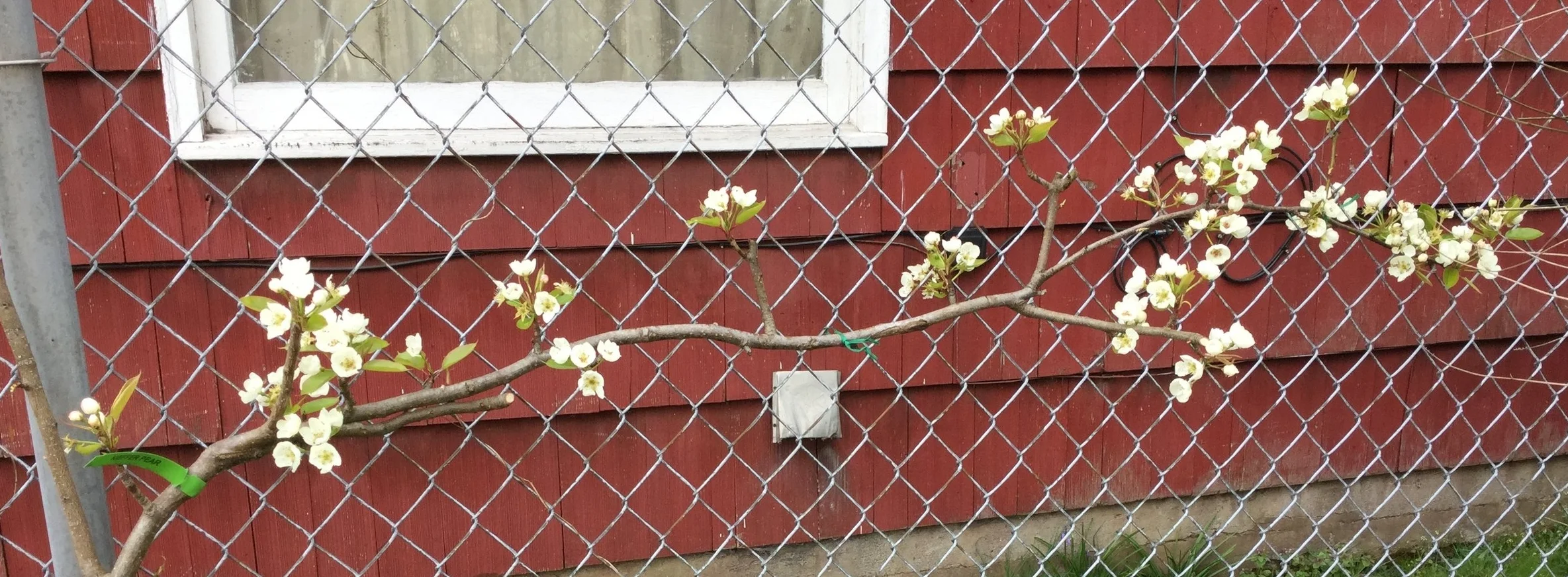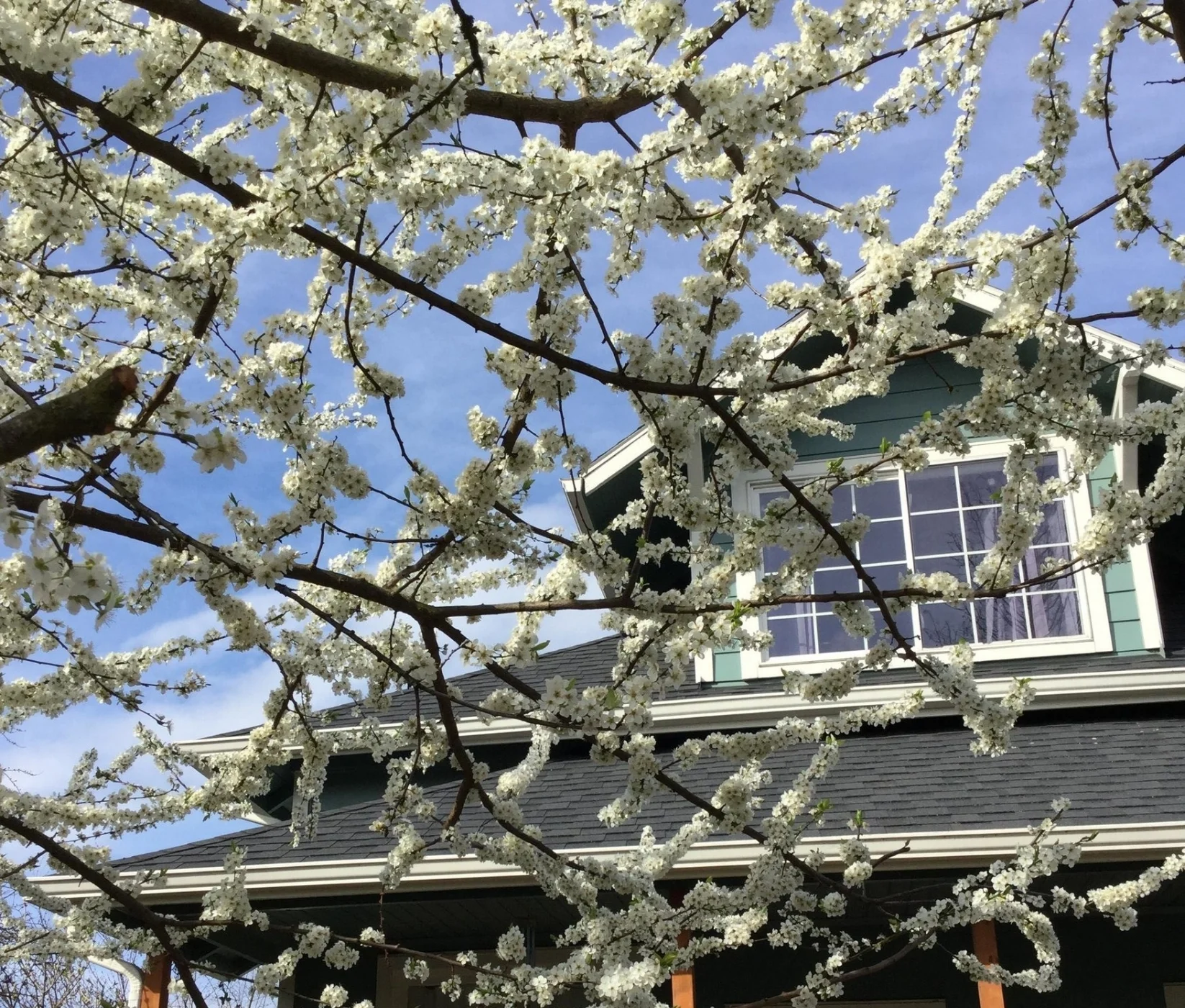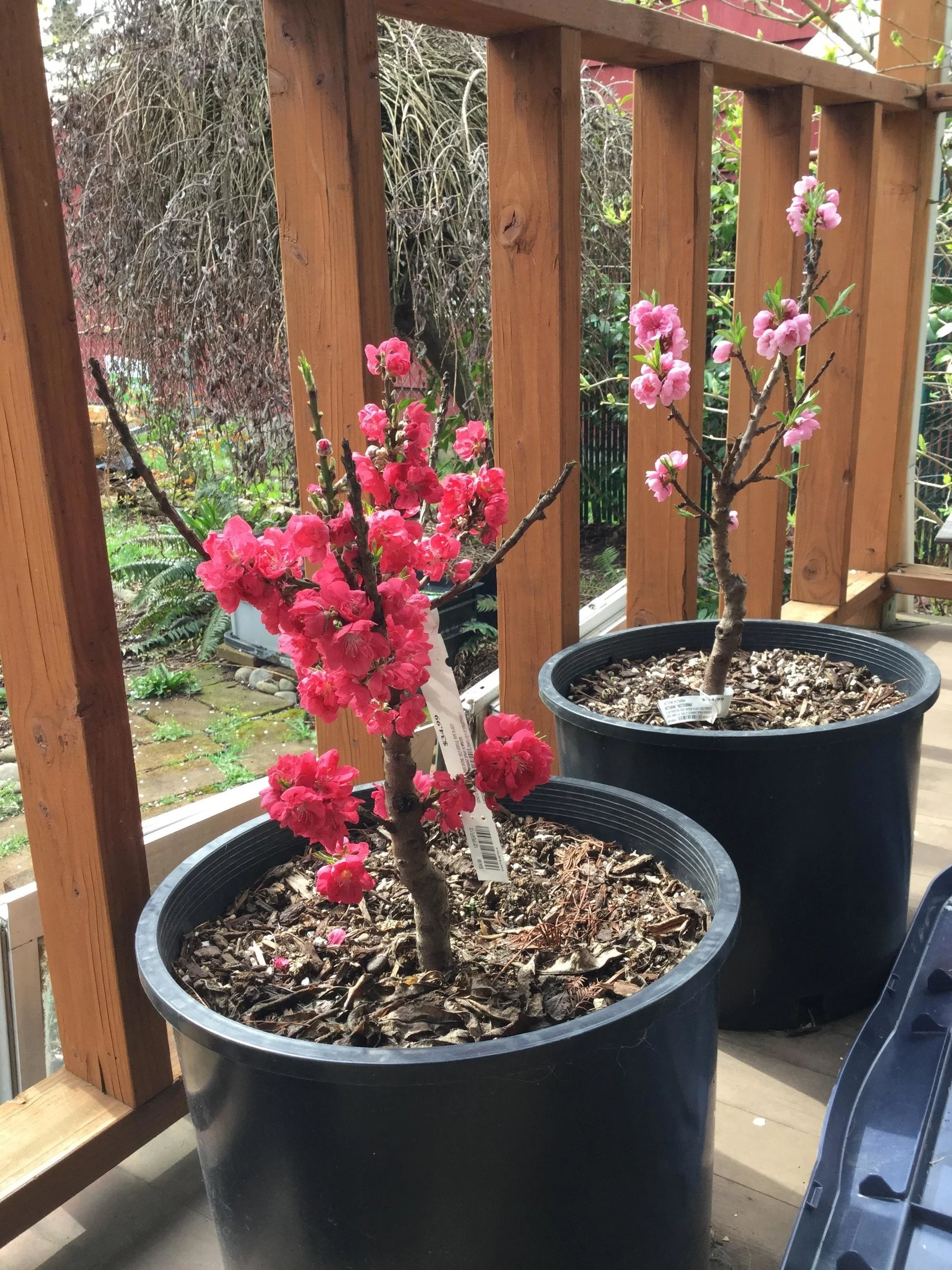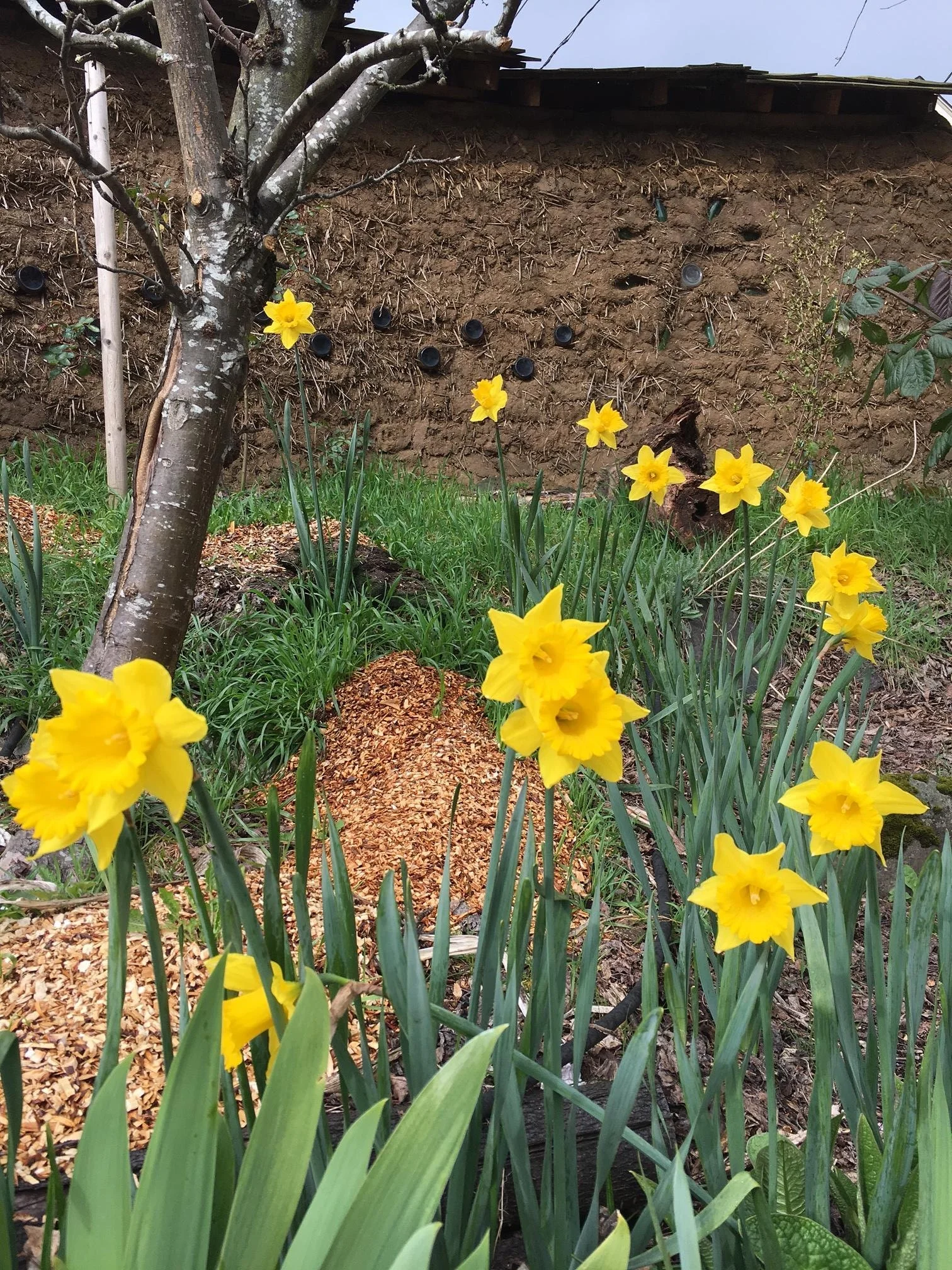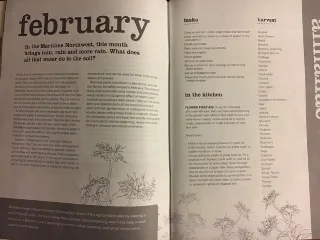I am definitely feeling a great sense of loss and disappointment in my lack of initiative to complete this project which opened the door for its partial collapse.
New beginnings
You may be wondering how these sad events lead to a muse about regenerative living. The reminder of how creation and destruction are part of the natural cycle is part of what leads me to the way I want to live the rest of my life.
Sweet Pea had a great chicken life with much abundance: good organic feed, fruit she could jump for, plentiful vegetable scraps often fertilized in part from her own droppings, and semi-frequent forays through the garden. She got to experience much more not just in time, but in her part of the natural order, than many of the poor creatures that are “grown” or “harvested” in factory farms. Their unfortunate lives are much shorter and the gifts they give us are reciprocated with what is convenient rather than what they deserve. Her passing is sad, but her life now feeds other organisms and is not waste, just the foundation of future life.
